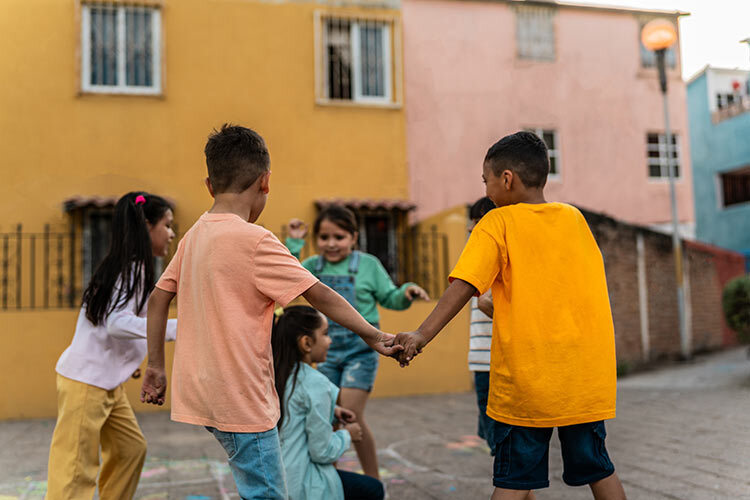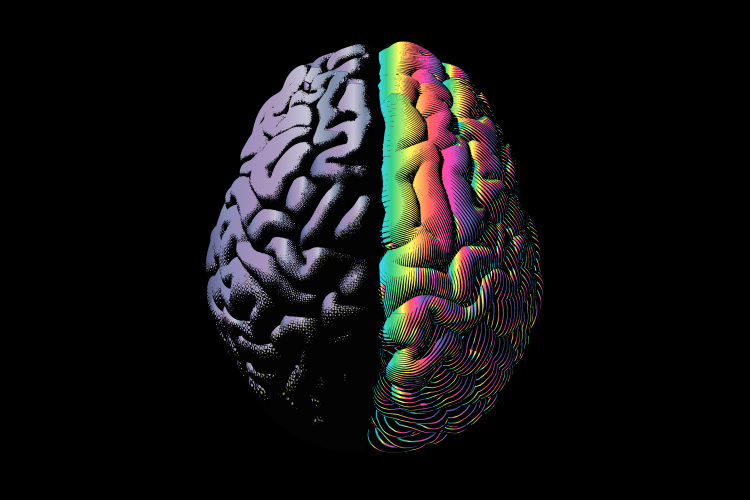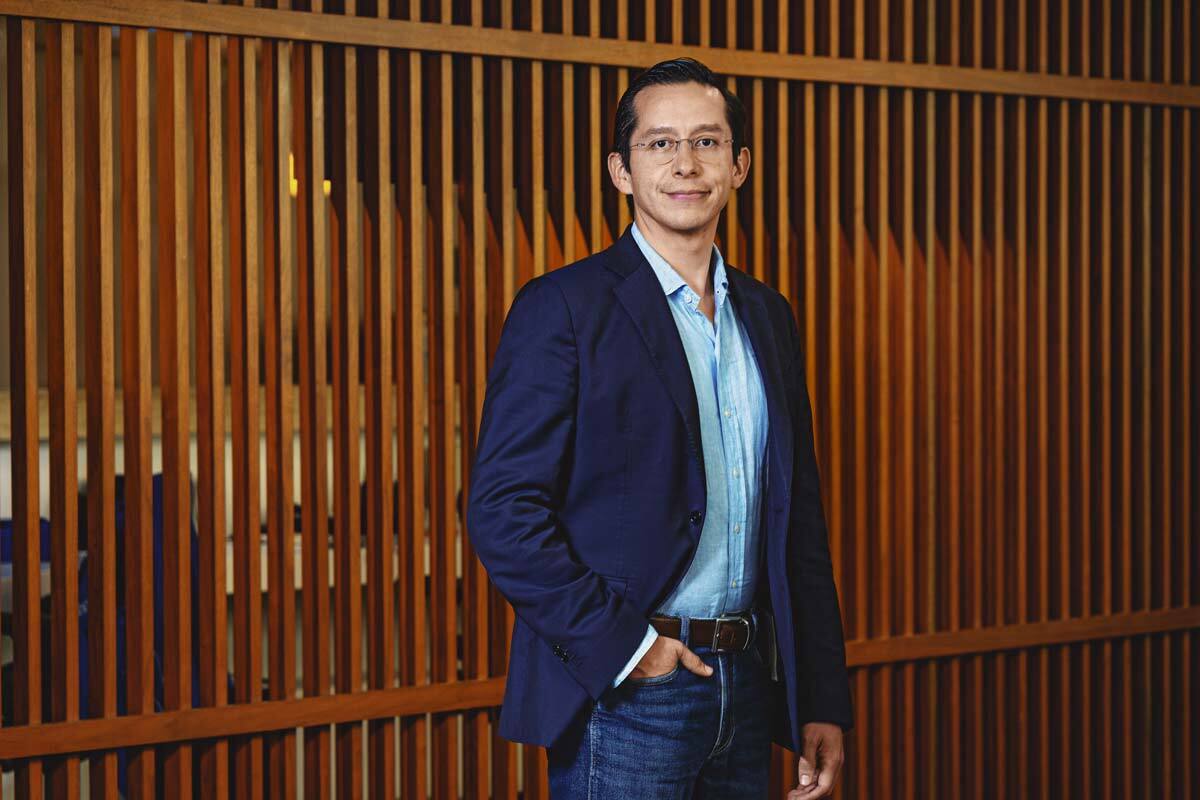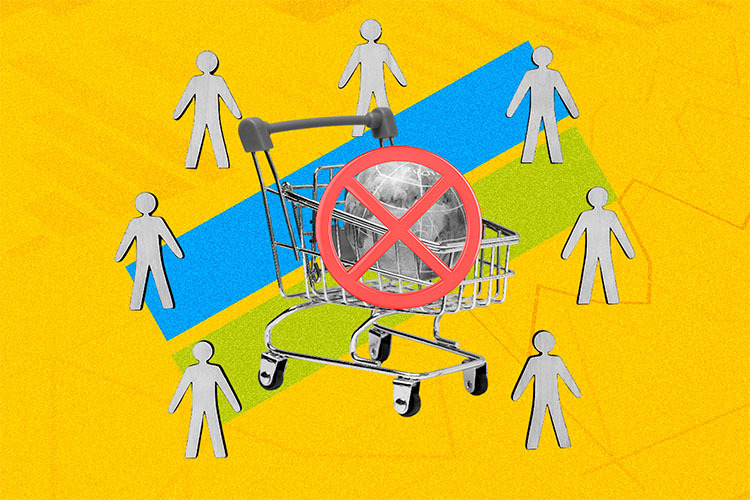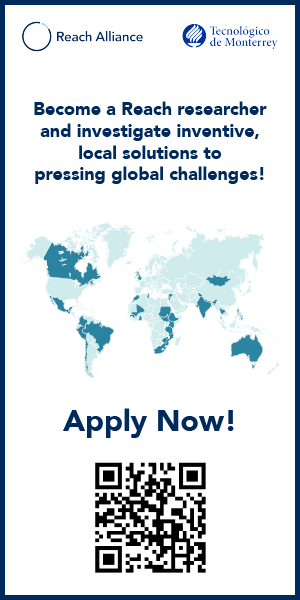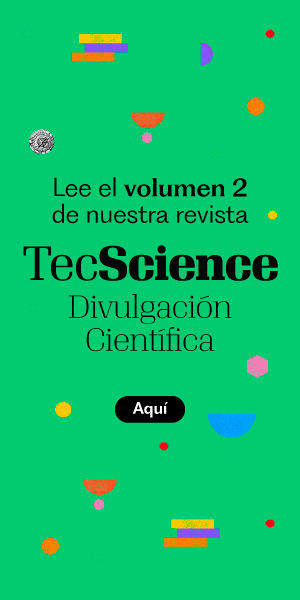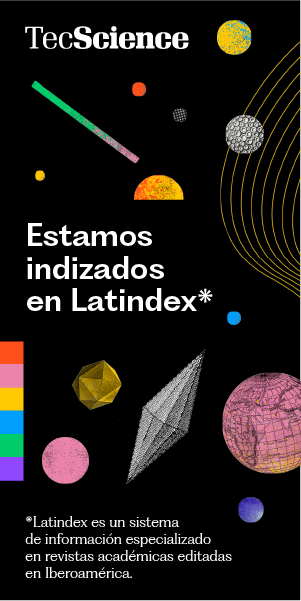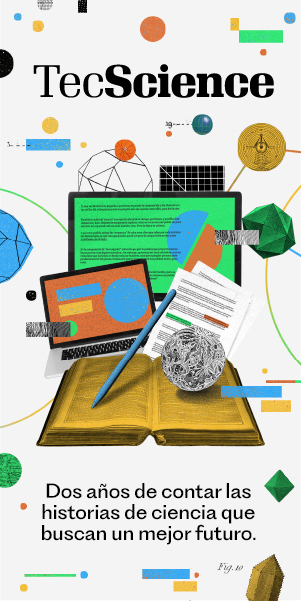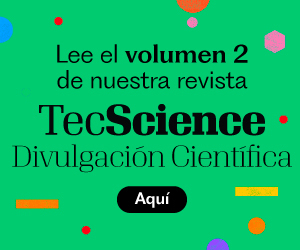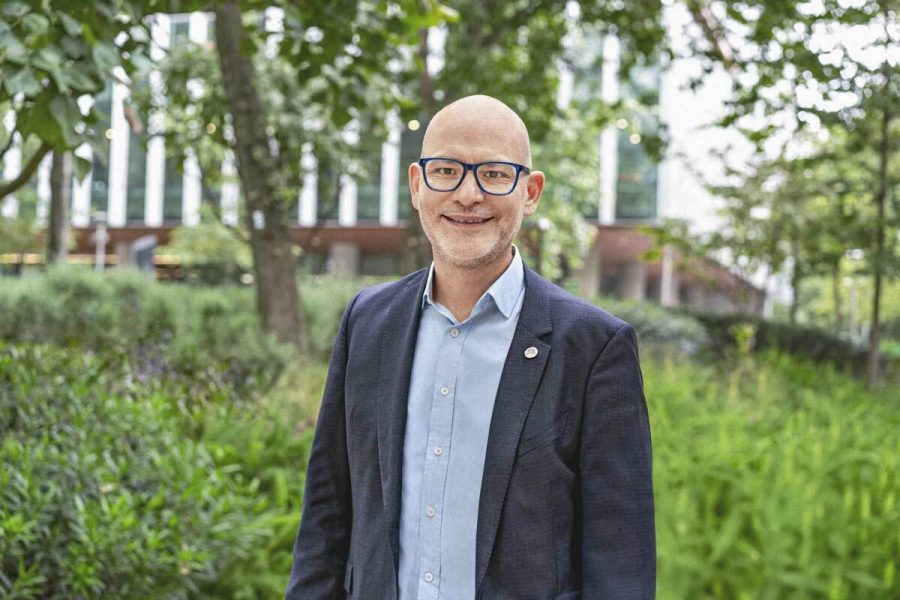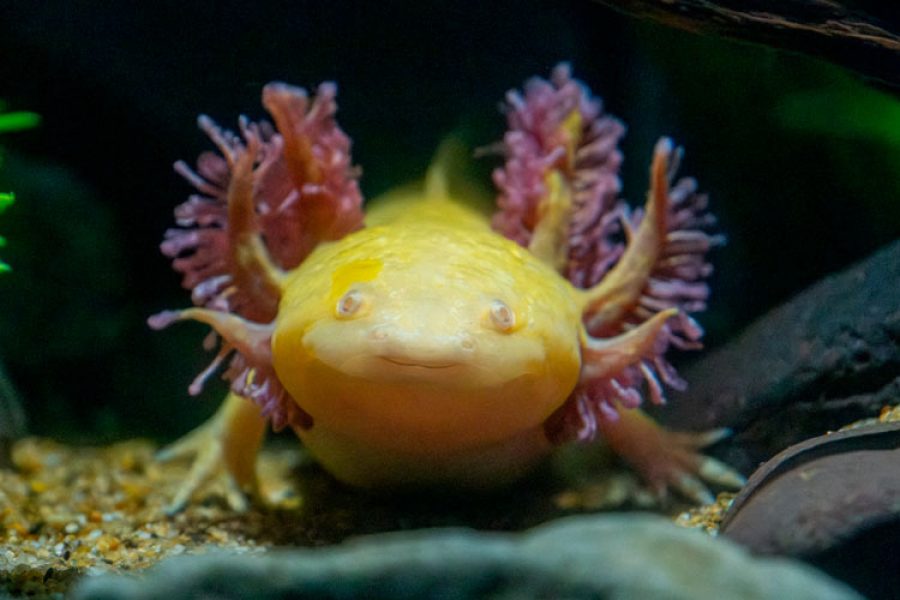With 2050 just a quarter-century away, childhood holds a decisive place: it’s today’s children who will inhabit and confront that future. Preparing the ground for them means looking beyond adult-centric perspectives that often reduce children to passive recipients and overlook their capacity for agency and autonomy.
“Putting children at the center—especially the most vulnerable—requires assessing whether the policies and actions directed at them respect their contexts and realities,” says Martha Roxana Vicente Díaz, a researcher at the School of Humanities and Education at Tecnológico de Monterrey and an expert in education for sustainable development.
This idea aligns with a 2024 UNICEF report, which raises the questions: How can we ensure that children fully enjoy their rights, and how can we build worlds where they can thrive and fulfill their potential?
The answers aren’t simple, but there are guiding principles that could shape future policies, including: non-discrimination, prioritizing children’s best interests in public decisions, and guaranteeing their right to express their views, to survive, and to grow. The latter, the report emphasizes, encompasses not only physical health but also mental, emotional, cognitive, social, and cultural well-being.
Highest Rise in Youth Anxiety Reported in Mexico
What the report describes is no longer a distant warning; it’s our current reality. As we navigate social and environmental turmoil, the climate crisis continues to shape how we live and how the next generations will, too. In this scenario, children are especially vulnerable: their small, developing bodies are more susceptible to respiratory diseases, malnutrition, infections tied to extreme heat, and other risks.
We must also consider the emotional toll. Direct experiences (hurricanes, floods, wildfires) and the mere awareness of living through a climate emergency increase rates of anxiety, depression, post-traumatic stress, and what experts call “eco-anxiety” among children. In numbers, between 1990 and 2021, the incidence of anxiety disorders among those aged 10 to 24 grew by 52% worldwide, with Mexico showing the highest increase.
By 2050, the climate crisis —more than an environmental or economic threat— will reshape how new generations live and learn. Education for sustainable development will become essential, integrating themes such as disaster risk reduction, biodiversity, poverty, and responsible consumption. According to Vicente Díaz, this also means urgently questioning educational models that perpetuate the very problems they seek to solve.
UNICEF’s report projects that access to education will continue to expand, but in an increasingly digital world, guaranteeing technological equity and digital literacy will be key. This ensures that connectivity, rather than reproducing inequalities, remains a democratizing tool.
This challenge is not foreign to our region. In 2023, the dossier “The Futures of Higher Education in Latin America and the Caribbean” reported progress in educational coverage aligned with the 2030 Agenda in Mexico, though many vulnerable populations remain excluded.
Solutions Are Incomplete and Ineffective Without Children’s Voices
Vicente Díaz also warns about the bias of solutions designed under blind faith in credentials and academic expertise—without genuine participation from those affected. If children are excluded from building solutions—if their voices, experiences, and interpretations of the world are ignored—policies will remain incomplete or ineffective. That exclusion limits not only solutions but also our ability to imagine friendlier futures.
“One mandate within education for sustainability,” she says, “is to build networks—multi-actor strategies with genuine commitment and transparency about goals and scope.” Involving children, she insists, is not a symbolic gesture but a fundamental right that must be exercised in practice.
Sustainability, Vicente Díaz adds, cannot be reduced to isolated technological terms. It’s not a one-time solution. “It’s a commitment to life—a sense of belonging and interconnection with all living beings. To achieve this, we need to transform our educational systems and build ethical, collaborative governance,” she concludes. This way, the proposed measures will be meaningful and resilient over time.
Protecting the children of 2050 goes far beyond climate mitigation. It requires reimagining how we solve problems, who we listen to, and which values guide our decisions.
Placing children at the center, then, is a social imperative—one that allows us to design policies ensuring that future generations can meaningfully contribute to the world they inherit.
Did you find this story interesting? Would you like to publish it? Contact our content editor to learn more at marianaleonm@tec.mx
